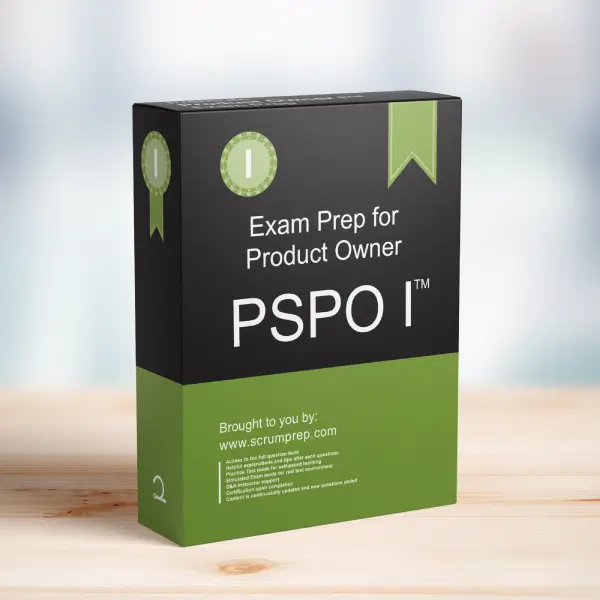Handling Undone Product Backlog Items at the End of a Sprint
At the end of a Sprint, it’s crucial to handle any Product Backlog items that do not meet the Definition of Done appropriately. This article explains what should happen with these items and their implications within the Scrum framework.
Exam Question
At the end of a Sprint, a Product Backlog item worked on during the Sprint does not meet the Definition of Done. What two things should happen with the undone Product Backlog item?
(choose the best two answers)
A. Put it on the Product Backlog for the Product Owner to decide what to do with it.
B. If the stakeholders agree, the Product Owner can accept it and release it to the users.
C. Do not include the item in the Increment this Sprint.
D. Review the item, add the done part of the estimate to the velocity and create a Story for the remaining work.
Correct Answers
A. Put it on the Product Backlog for the Product Owner to decide what to do with it.
C. Do not include the item in the Increment this Sprint.
Explanation
Correct Answers
A. Put it on the Product Backlog for the Product Owner to decide what to do with it:
If a Product Backlog item is not done by the end of the Sprint, it should be placed back on the Product Backlog. The Product Owner will then decide its priority and when it should be worked on in future Sprints.
C. Do not include the item in the Increment this Sprint:
Only items that meet the Definition of Done can be included in the Increment. Any work that is not complete should not be part of the Increment and should be returned to the Product Backlog.
Incorrect Answers
B. If the stakeholders agree, the Product Owner can accept it and release it to the users: This is incorrect because the Definition of Done must be met for an item to be included in the Increment. Releasing incomplete work can compromise quality and transparency.
D. Review the item, add the done part of the estimate to the velocity and create a Story for the remaining work: Velocity should reflect only completed work. Adding partial estimates to velocity can create a misleading representation of the team’s capacity and progress.
Responsibilities in Scrum
- Product Owner: The Product Owner is responsible for managing the Product Backlog and deciding the order of items. They ensure that the most valuable work is done first and handle any undone items appropriately.
- Scrum Master: The Scrum Master facilitates adherence to Scrum principles, ensuring that the team understands the importance of the Definition of Done and helps resolve any impediments related to incomplete work.
- Developers: The Developers are responsible for creating potentially releasable Increments that meet the Definition of Done. They should ensure that only completed work is presented at the Sprint Review.
Relevance to the PSPO I Exam
Understanding how to handle undone Product Backlog items is crucial for the PSPO I exam. This knowledge ensures that candidates can manage the Product Backlog effectively and maintain the integrity of the Scrum process.
Key Takeaways
- Undone Product Backlog items should be returned to the Product Backlog.
- Only items that meet the Definition of Done are included in the Increment.
- The Product Owner decides the next steps for undone items.
Conclusion
Handling undone Product Backlog items properly ensures that the Scrum Team maintains high quality and transparency in their work. By adhering to the Definition of Done, teams can ensure that every Increment is potentially releasable. For more information on preparing for the PSPO I exam, visit our PSPO I Exam Prep.


